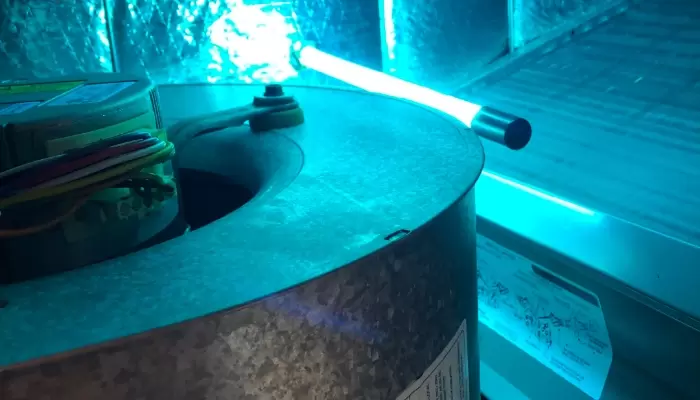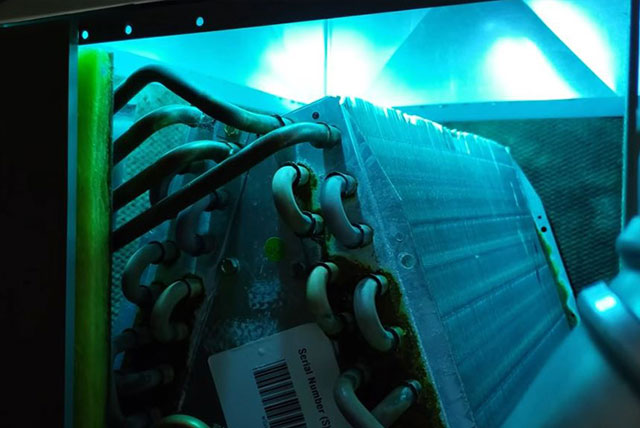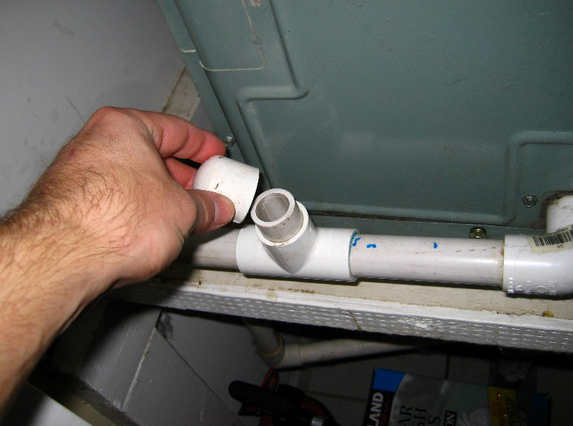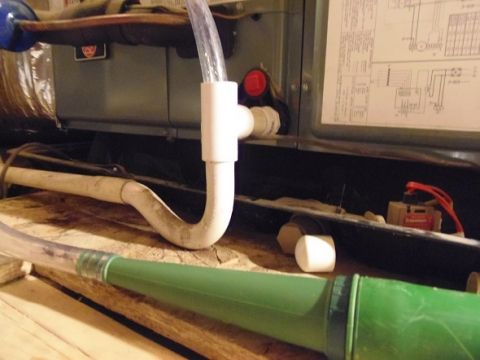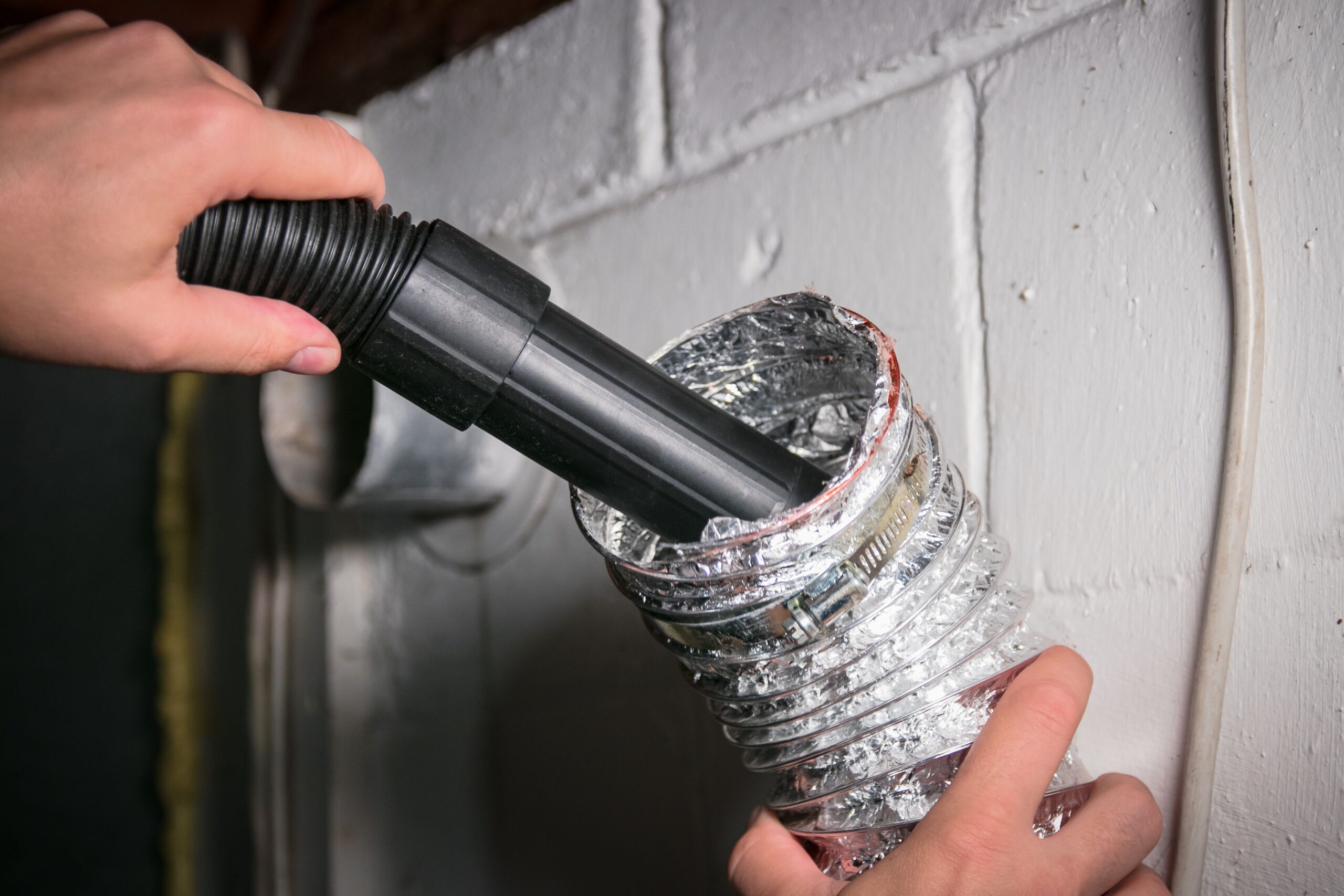Introduction:
Understanding how UV light protection works within your HVAC system is essential for appreciating its benefits and making informed decisions about air quality solutions. UV (ultraviolet) light is a natural disinfectant that can be harnessed to eliminate harmful microorganisms present in your indoor air and HVAC components. This post will explain the science behind UV light protection, how it integrates into HVAC systems, and the various ways it contributes to healthier indoor air. By shedding light on the mechanics of UV light protection, you can better understand its role in enhancing the efficiency and effectiveness of your HVAC system.
Key Points:
- Mechanism of Action: UV light operates by disrupting the DNA and RNA of microorganisms, rendering them inactive and preventing reproduction. This effectively neutralizes bacteria, viruses, and mold spores.
- Installation Locations: UV lights can be installed in various locations within an HVAC system, including the air handler, ductwork, and near the evaporator coil, where they are most effective at preventing mold growth.
- Types of UV Lights: There are two primary types of UV lights used in HVAC systems: UV-C lights, which are effective for disinfection, and UV-A lights, which are used for enhancing air purification. Understanding the differences can help you choose the right system for your needs.
- Regular Maintenance: While UV light systems require minimal maintenance, it’s essential to check the bulbs periodically and replace them as needed to ensure optimal performance.
- Complementary Solutions: UV light protection works best when combined with other air quality solutions, such as HEPA filters and proper ventilation, to achieve the highest level of indoor air quality.
Conclusion:
Understanding how UV light protection functions within your HVAC system is crucial for making informed decisions about improving your home’s air quality. The mechanism behind UV light involves its ability to disrupt the DNA and RNA of harmful microorganisms, effectively neutralizing bacteria, viruses, and mold spores present in the air and on surfaces. This powerful disinfectant property is harnessed to create a cleaner and healthier indoor environment for you and your family.
The installation of UV lights can occur in various locations within the HVAC system, such as the air handler or ductwork. By placing UV lights strategically, they can target areas where mold growth is most likely to occur, such as the evaporator coil. Understanding where to install these lights and the types available—UV-C for disinfection and UV-A for air purification—enables homeowners to select the best option for their specific needs.
Maintenance of UV light systems is relatively simple, requiring minimal attention. However, it’s important to regularly check the bulbs and replace them as necessary to maintain optimal effectiveness. This ensures that the UV lights continue to perform their disinfection role, contributing to a healthier home environment.
Furthermore, while UV light protection is a powerful tool for enhancing indoor air quality, it works best when combined with other air quality solutions. Implementing HEPA filters and ensuring proper ventilation alongside UV lights can create a comprehensive approach to maintaining clean air in your home.
In conclusion, UV light protection offers significant advantages for your HVAC system and indoor air quality. By understanding how it works and where to implement it, you can make informed choices that lead to a healthier living environment. Consider investing in UV light protection to enhance your home’s air quality, increase the efficiency of your HVAC system, and create a safer, more comfortable atmosphere for you and your family.

